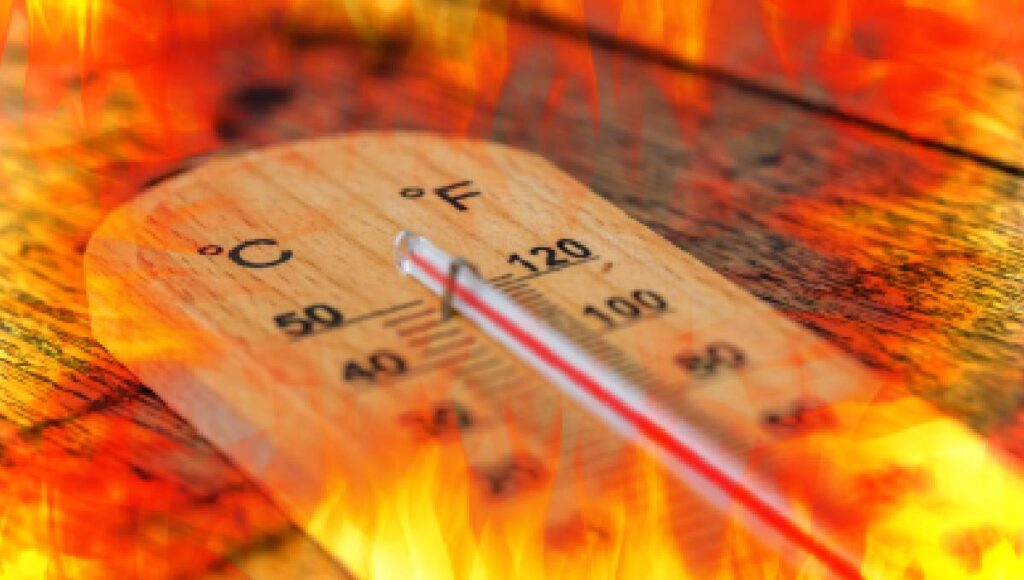Rising global temperatures are placing millions of workers at significant risk, as extreme heat continues to intensify in many parts of the world. Workers in outdoor and labor-intensive sectors such as agriculture, construction, and fisheries are among the most exposed, but indoor workers in factories, warehouses, and poorly ventilated spaces are also facing growing dangers.
Extreme heat leads to a range of health complications, including dehydration, heat exhaustion, kidney damage, and in severe cases, heatstroke and neurological disorders. These conditions not only threaten lives but also affect long-term health, reducing overall quality of life and economic stability for vulnerable populations. Children, older adults, and low-income communities are particularly at risk, especially in regions where healthcare and protective infrastructure are limited.
The economic impact is equally concerning. Studies show that worker productivity declines by 2–3% for every degree above 20°C. With global temperatures frequently surpassing 40°C and even exceeding 50°C in some regions, the financial burden on economies is immense. Lost productivity, combined with rising healthcare costs, creates a cycle of inequality that disproportionately affects those already struggling.
Guidance from health and climate experts emphasizes the urgent need for practical, evidence-based solutions. Employers and policymakers are encouraged to adopt preventive strategies such as improved hydration and rest breaks, shaded or cooled rest areas, adjustments to working hours during peak heat, and better protective clothing. Technological interventions, including heat monitoring systems and workplace ventilation improvements, can further reduce risks.
The scale of the challenge is vast, with over 2.4 billion workers globally exposed to excessive heat. This exposure results in more than 22 million work-related injuries annually, many of which could be prevented with coordinated action. Addressing this issue is not only a health imperative but also an economic necessity. Protecting workers from extreme heat safeguards livelihoods, strengthens economies, and supports resilience in the face of a warming climate.
As climate change continues to push global temperatures upward, urgent collaboration between governments, employers, and communities is critical. Building safer work environments, promoting awareness of heat risks, and integrating heat protection into labor policies are essential steps toward protecting both workers and economies in the years ahead.

